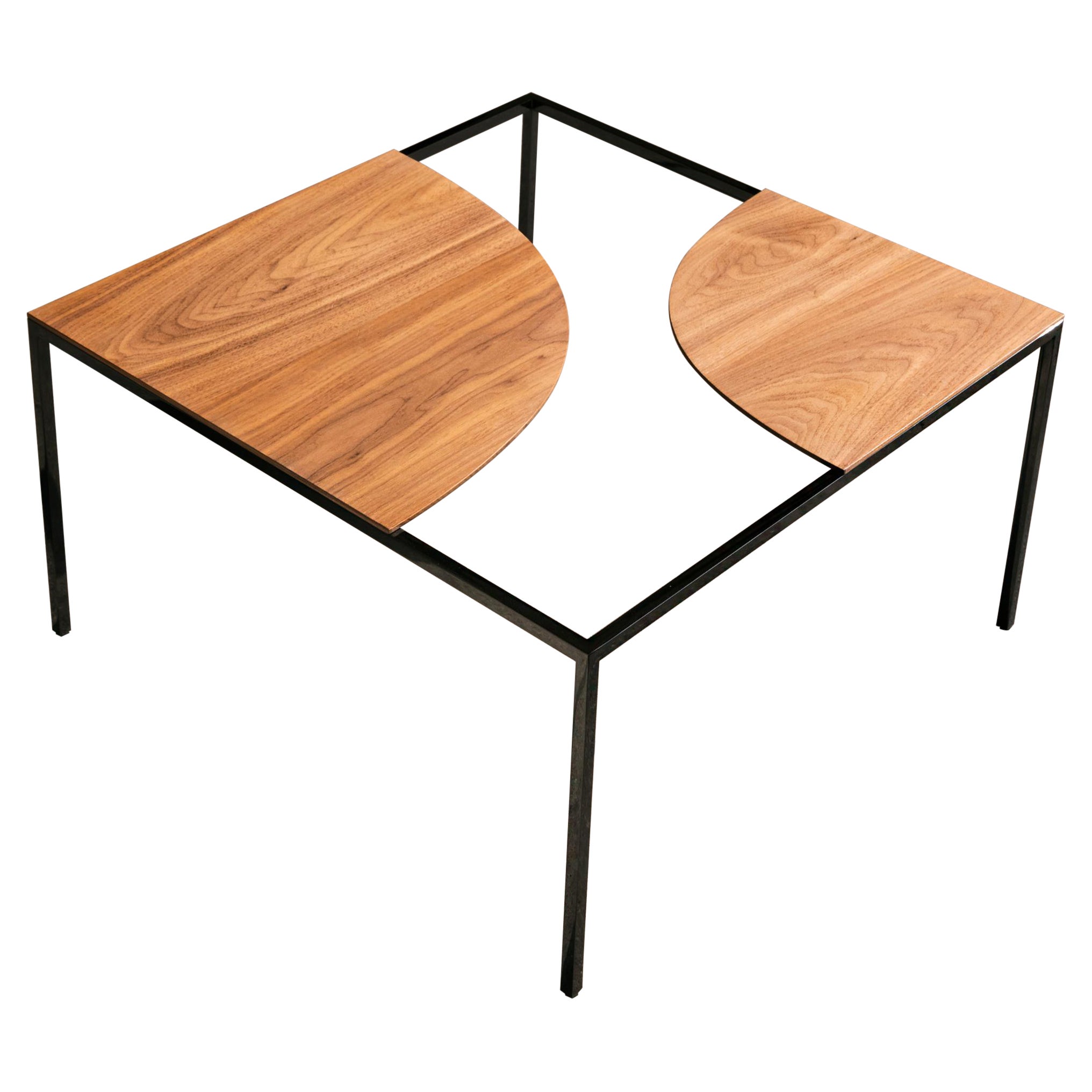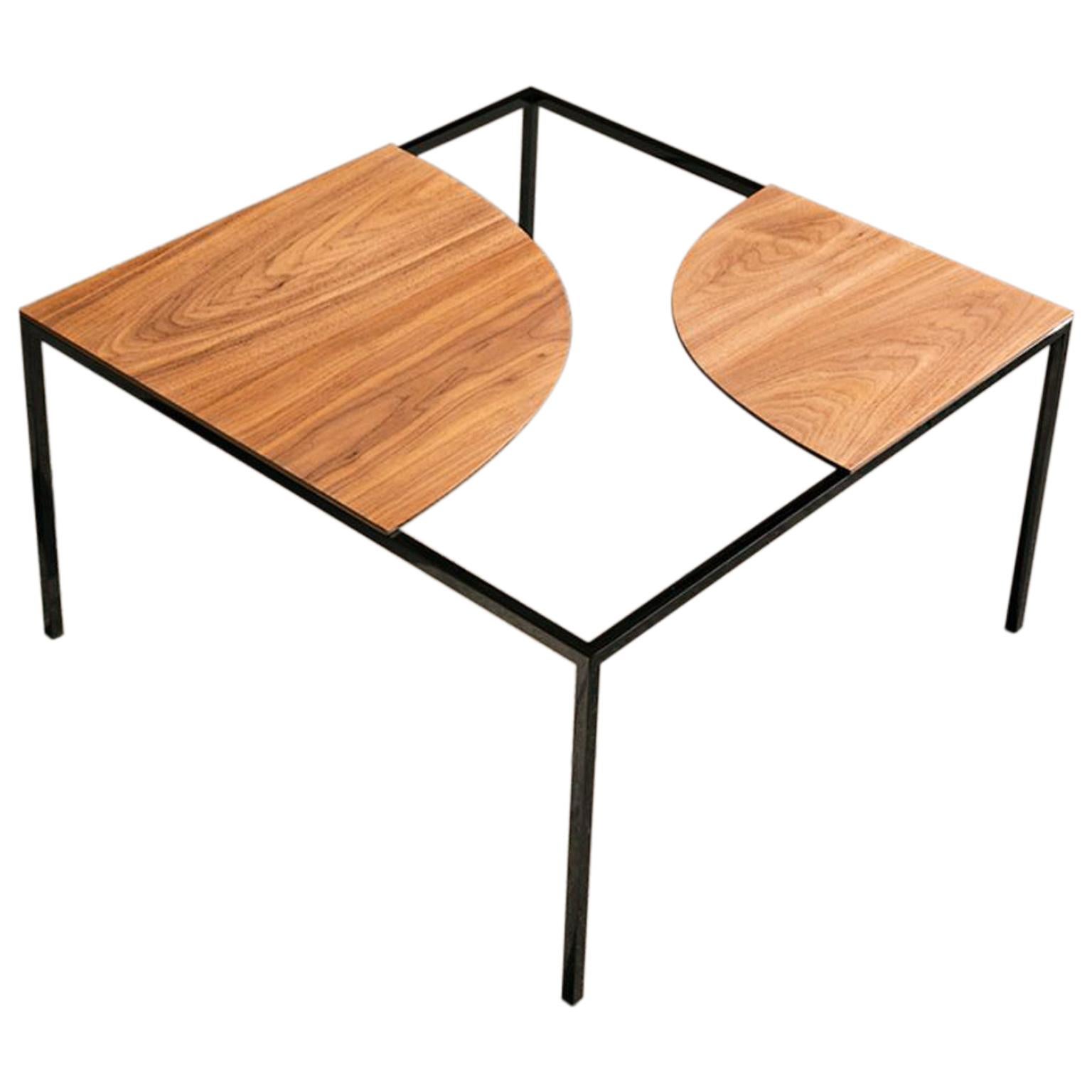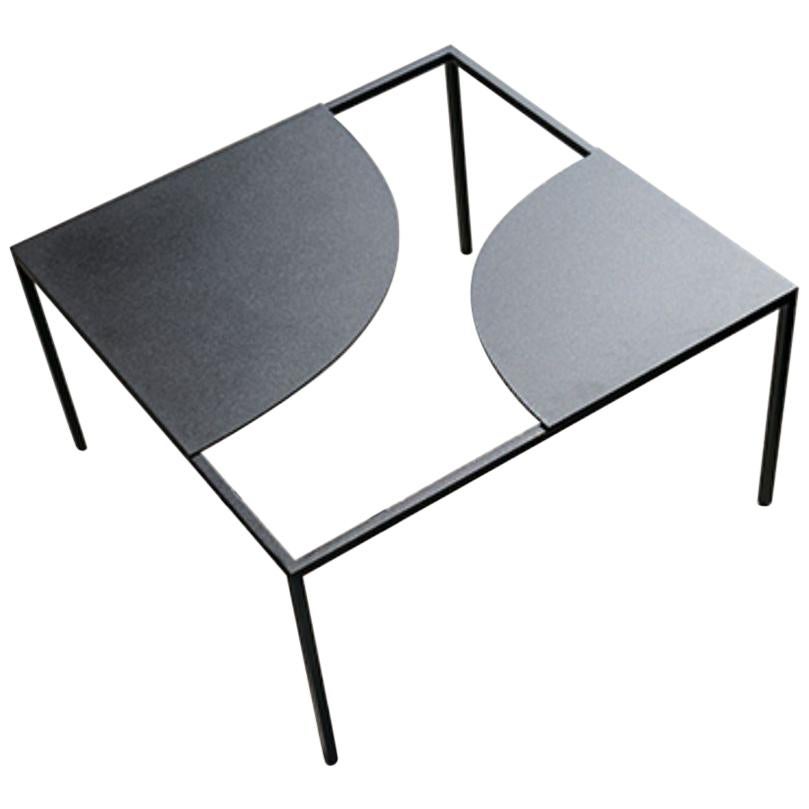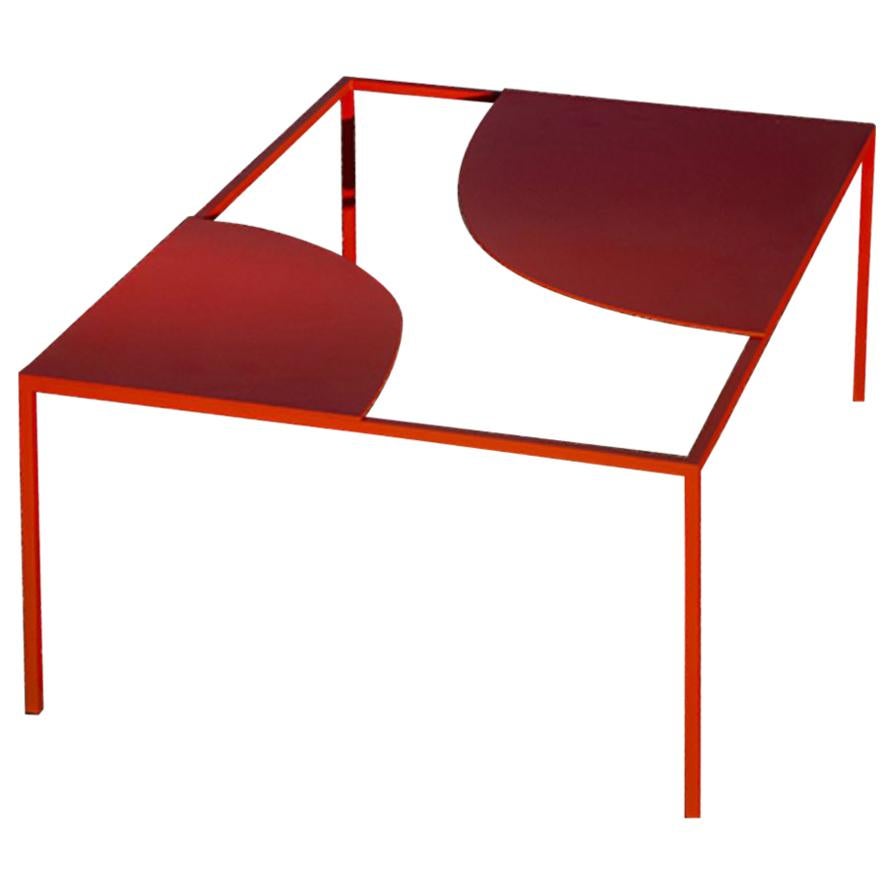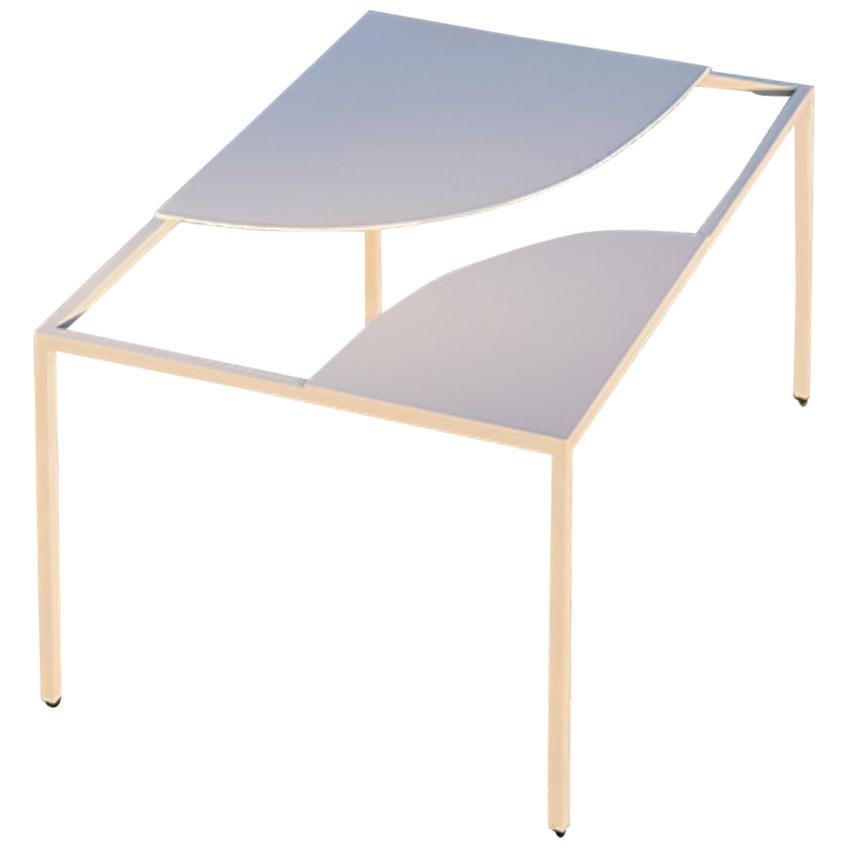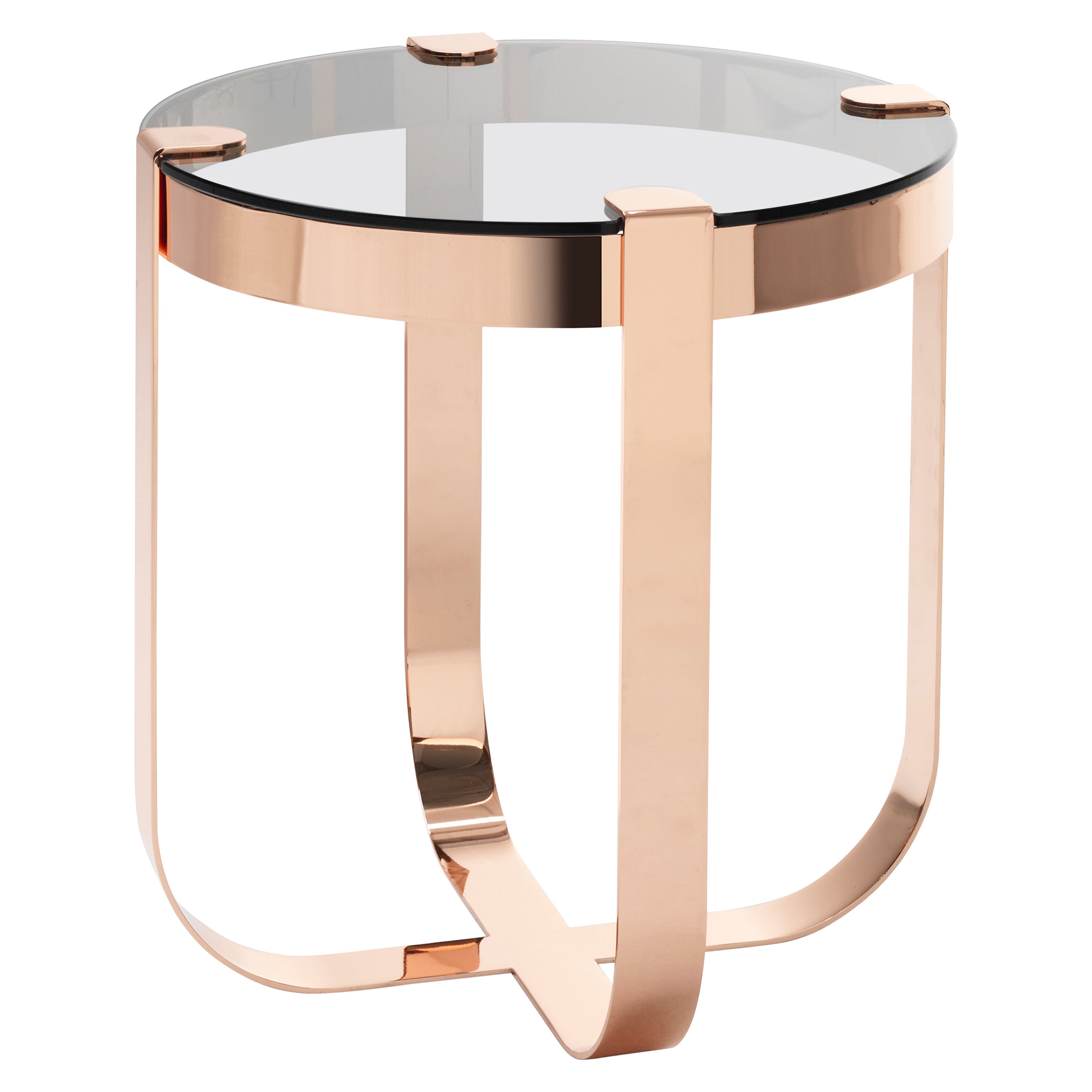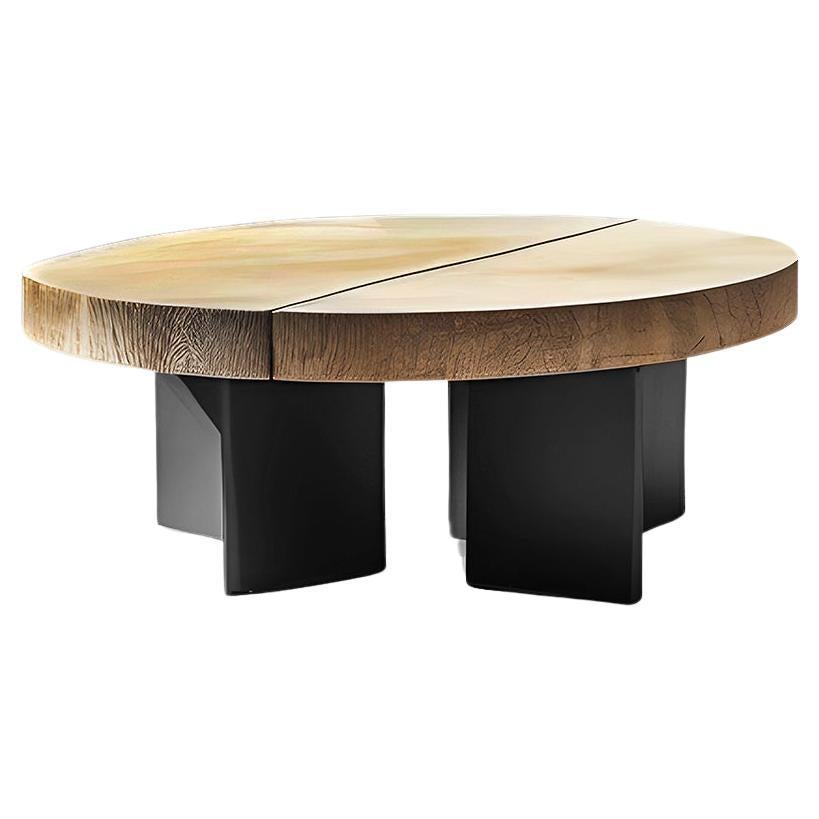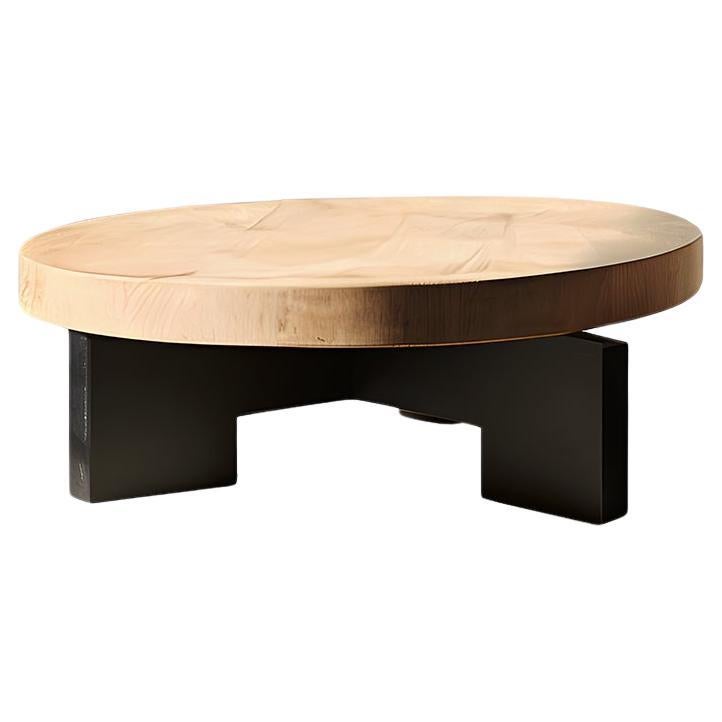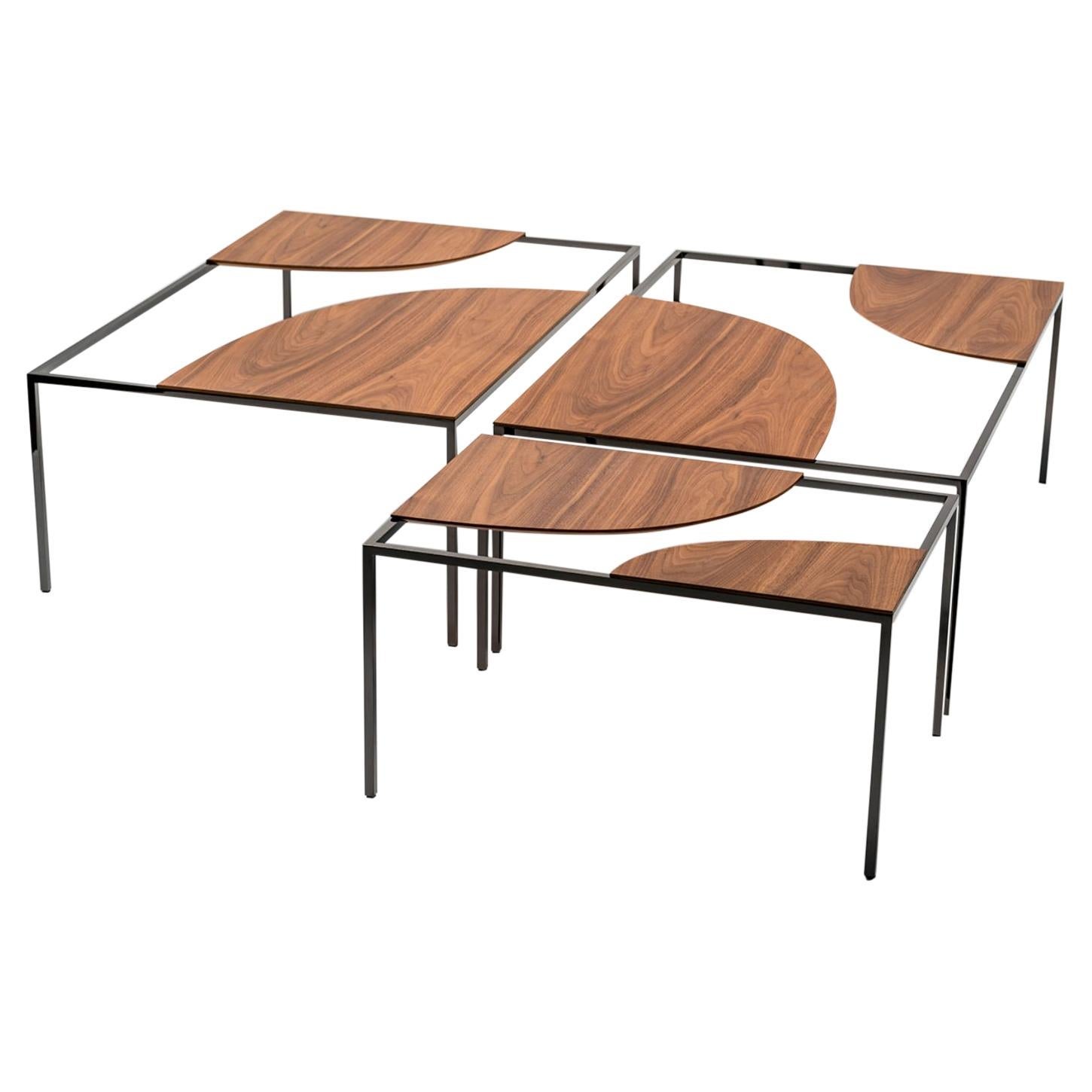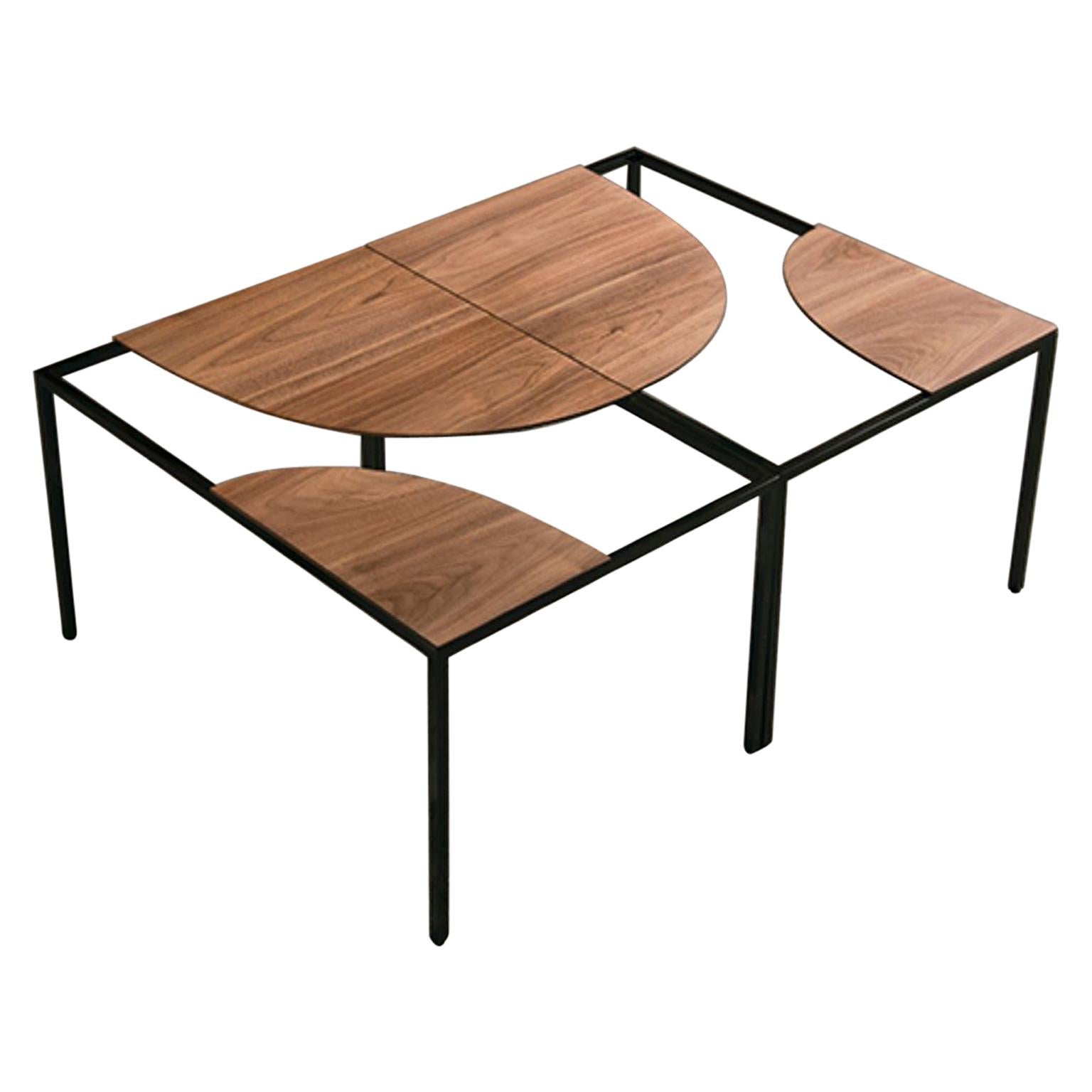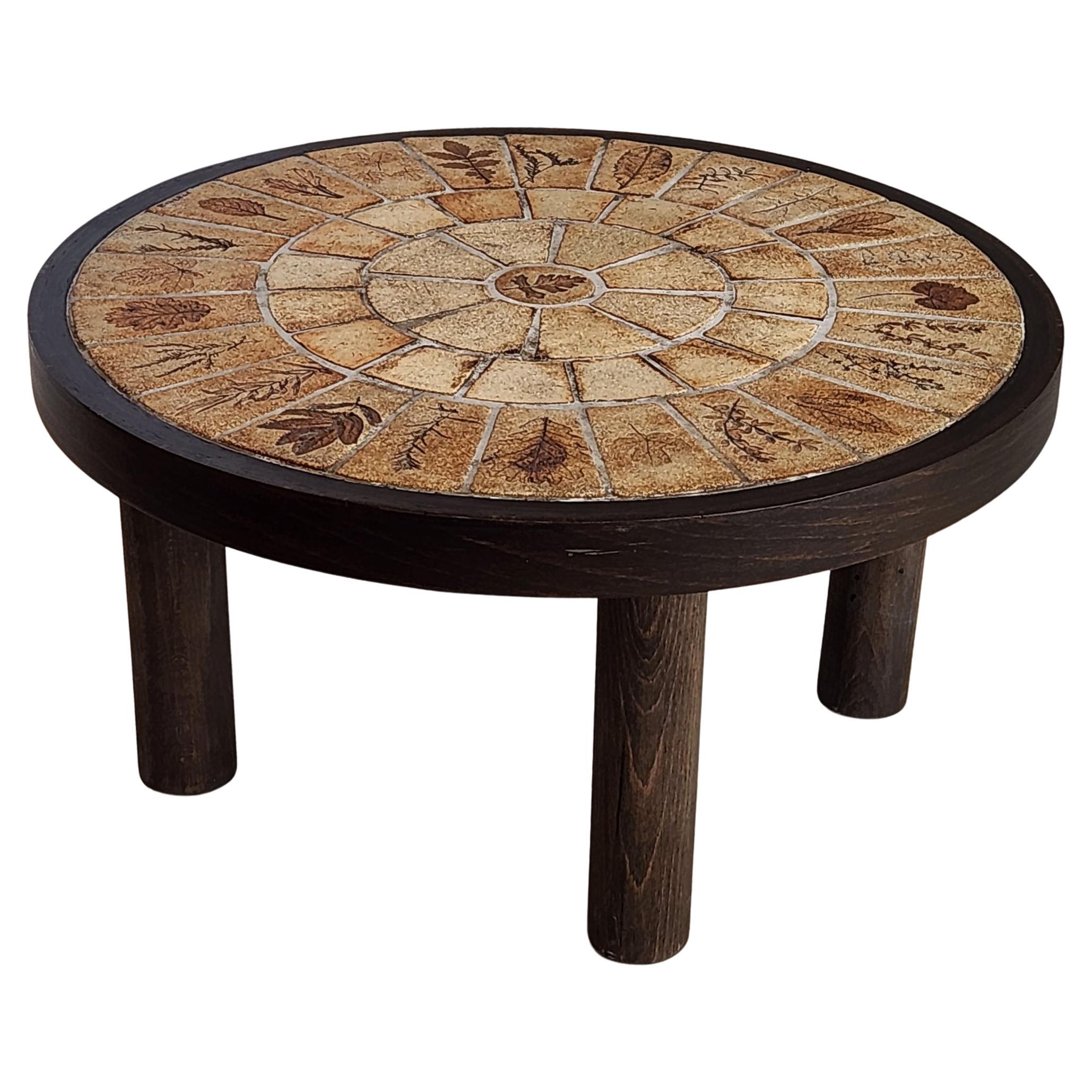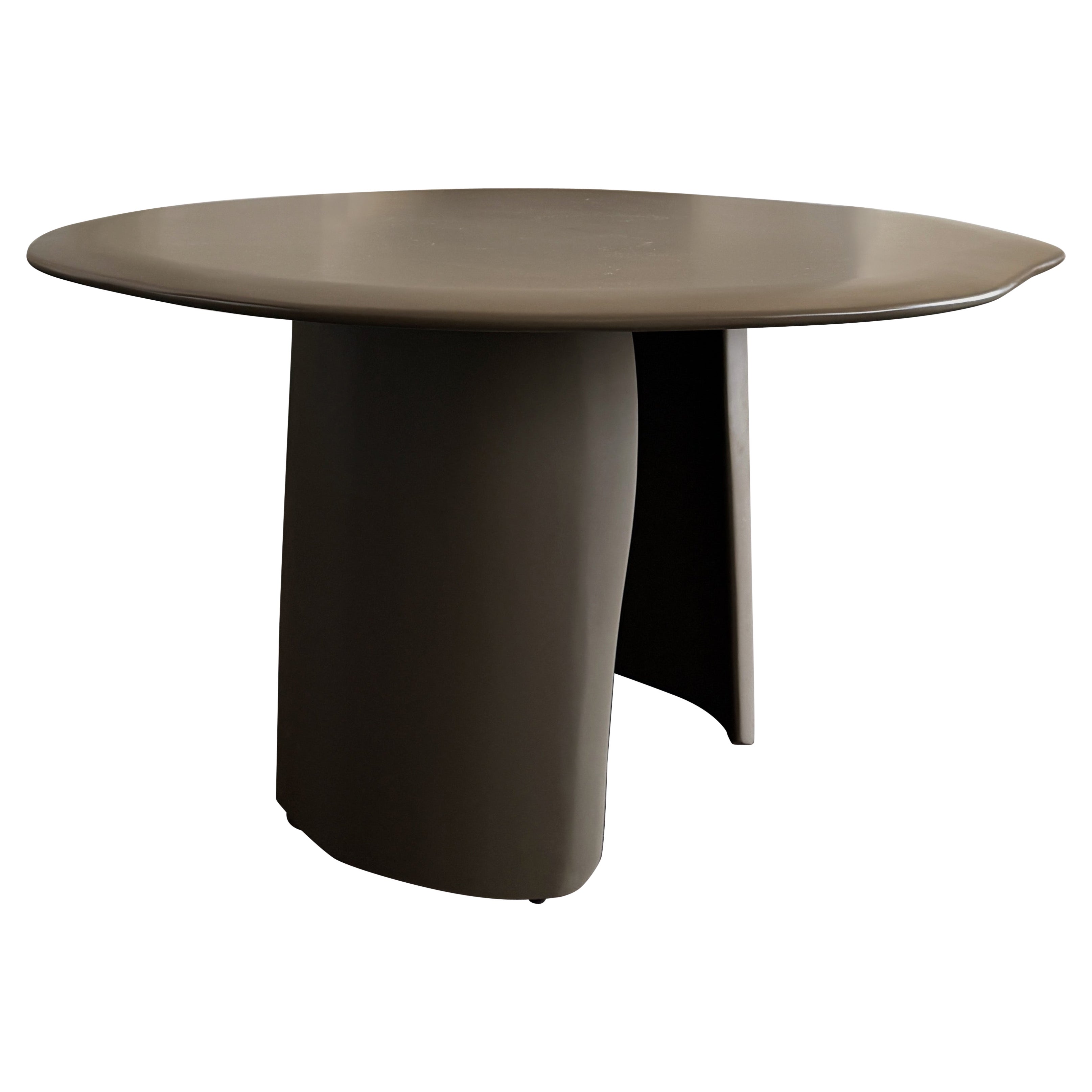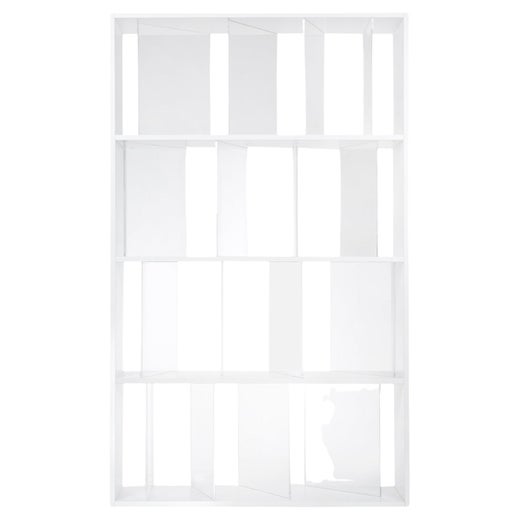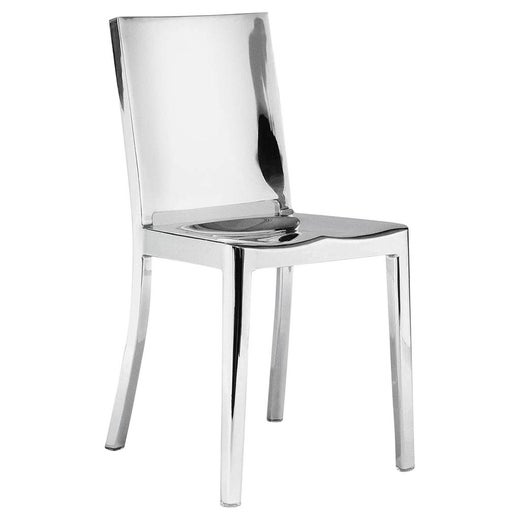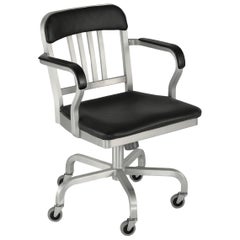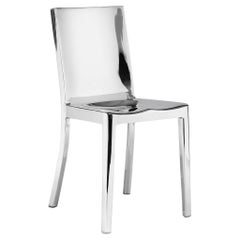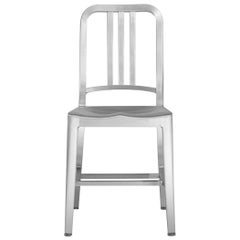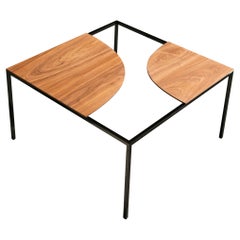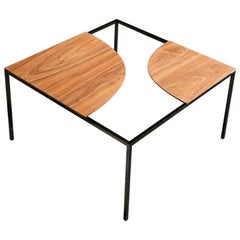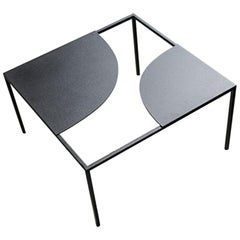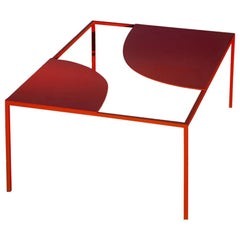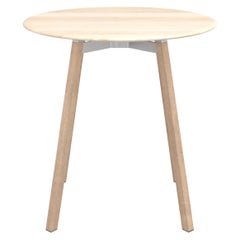
Emeco Su Medium Round Cafe Table with Oak Frame & Accoya Wood Top by Nendo
View Similar Items
Emeco Su Medium Round Cafe Table with Oak Frame & Accoya Wood Top by Nendo
About the Item
- Creator:
- Dimensions:Height: 28.2 in (71.63 cm)Diameter: 30 in (76.2 cm)
- Materials and Techniques:
- Place of Origin:
- Period:
- Date of Manufacture:2020
- Production Type:New & Custom(Current Production)
- Estimated Production Time:7-8 weeks
- Condition:
- Seller Location:Hanover, PA
- Reference Number:Seller: SUTRD30ACCWOOD1stDibs: LU4495223057662
Nendo
Some pieces of contemporary furniture try to command attention with statement-making forms, while others aim to seduce with pared-down, meticulously detailed perfection. Nendo is remarkable in its ability to blend these two seemingly disparate qualities in objects that are simultaneously provocative and beautiful in their simplicity. And this ability has made the Tokyo- and Milan-based studio one of the most sought-after design firms of the moment.
Nendo is best known for its expansive portfolio of furniture and accessories designed for such luxury makers as Baccarat, Bisazza, Boffi, Cappellini, De Padova, Emeco, FLOS, Foscarini, Fritz Hansen, Kartell, Lasvit, Louis Poulsen, Moroso and Swarovski, as well as for the one-off and limited-edition pieces presented by galleries like New York’s Friedman Benda. But its range is much broader.
Nendo’s full oeuvre runs the gamut from product packaging for such brands as Coca-Cola and Kenzo to large-scale urban-planning and architecture projects, including Tenri Station Plaza CoFuFun, which populated the space in front of a Japanese rail terminal with a series of conical pavilions, turning it into a sort of urban playground for people of all ages.
Whatever the undertaking, the studio’s approach remains the same: embodying lighthearted insights into the human experience in minimalist forms and details. Nendo’s Gaku collection, for the legendary lighting company FLOS, for instance, is based on a simple cup-shaped lamp in a square frame, which can be personalized and changed over time by adding magnetic accessories, including a bookend, mirror, vase and bowl, making it almost as playful as a grown-up dollhouse.
The now iconic Cabbage chair, Nendo’s most recognizable design, offers a whimsical way to deal with trash from the fashion industry. A fat roll of discarded paper used in the production of Issey Miyake’s pleated fabric is simply cut down the middle and its individual layers peeled open to create a seat.
It wasn’t always evident that chief designer and Nendo cofounder Oki Sato would spend his life finding subtle surprises in tables, floor lamps and chairs. He was born in Toronto, where his father worked for Pioneer Electronics, and moved with his family to Tokyo when he was 11. He studied architecture at Waseda University but found the program a little too narrow and rigid for his liking.
After graduating, in 2002, he traveled with friends to the Salone del Mobile in Milan and stumbled into the biggest aha moment of his life: He realized that architects could do more than design buildings — they could also design furniture, lighting and other objects. And the architects at the fair appeared to be enjoying plenty of creative freedom while doing so.
Upon returning to Tokyo, he founded Nendo, whose name means “flexible clay” in Japanese, with his classmate Akihiro Ito, the firm’s managing director. In 2005, they established a second office, in Milan. Within a few years, Nendo had become an omnipresent name at the fair that had inspired them.
Nendo’s wares have been acquired by such institutions as New York’s Museum of Modern Art and Cooper Hewitt, Smithsonian Design Museum; London’s Victoria and Albert; and Paris’s Musée des Arts Décoratifs and Centre Pompidou.
Find Nendo furniture on 1stDibs.
Emeco
While they’re best known for their revolutionary Navy chair, iconic American furniture company Emeco makes a whole range of seating and other furniture — not just seaworthy chairs. The development of each product is guided by an eco-friendly ethos and pragmatic approach to design.
Emeco began to take shape during the 1940s, when the U.S. Navy needed a lightweight, fireproof chair that could withstand a torpedo blast and hold up to use by “big, burly sailors,” says Gregg Buchbinder, Emeco’s chief executive.
With experts from the Aluminum Company of America, an engineer named Wilton C. Dinges (1916–74) delivered, and the Emeco 1006 — that is, the Navy chair — an aluminum classic, was born. In order to demonstrate the chair’s sturdiness, Dinges threw it from the eighth floor of a hotel in Chicago, and when it landed, the chair bounced in lieu of breaking or bending.
The engineer secured a contract to manufacture the Navy chair beginning in 1944 at the Electrical Machine and Equipment Company (Emeco), which he’d founded a few years earlier in Hanover, Pennsylvania. In the ensuing decades, the factory’s craftsmen would stamp out by hand hundreds of thousands of Navy chairs for battleships, aircraft carriers and submarines — a process that requires more than 70 steps.
Today, the impossibly durable Navy chair, which is recyclable and made of at least 80 percent recycled aluminum, inspires knockoffs left and right and can be found in a variety of public settings, from upscale restaurants to hotels and offices. But it took time to get here.
In 1979, Gregg’s father, Jay Buchbinder, a businessman whose Long Beach, California, furniture company manufactured seating for fast food restaurants, purchased Emeco. The company hit a rough patch in the 1990s. When Gregg acquired Emeco from Jay in 1998, he took the $2 million in debt that came along with it. Fortuitously, Gregg learned that the Navy chair had taken on a new nonmilitary identity around the same time and that it was increasingly seen as sleek and retro in addition to being great submarine seating. Orders for the Navy chair were coming in from design luminaries like Ettore Sottsass, Giorgio Armani and a daring young French designer named Philippe Starck, who purchased a large number of 1006s for Ian Schrager’s Paramount hotel in New York City.
Gregg seized on Emeco’s newfound popularity, initiating a partnership with Starck, who would design the company’s Hudson Collection, a line planned for Manhattan’s Hudson Hotel that saw the Navy chair take on the form of a barstool and other pieces. He also partnered with Frank Gehry, whose Superlight chair for Emeco can be hoisted off the ground with one hand. Collaborations with Jasper Morrison, Jean Nouvel and others followed, and today, Emeco continues to build durable seating furniture from a range of recycled materials with a variety of designers.
Find authentic Emeco chairs, stools, tables and other furniture on 1stDibs.
More From This Seller
View All21st Century and Contemporary American Modern Swivel Chairs
Aluminum
21st Century and Contemporary American Modern Dining Room Chairs
Aluminum
21st Century and Contemporary American Modern Dining Room Chairs
Aluminum
You May Also Like
2010s Italian Tables
Metal
2010s French Modern Tables
Metal
2010s French Modern Tables
Metal
2010s French Modern Tables
Metal
2010s French Modern Tables
Metal
21st Century and Contemporary Italian Modern Coffee and Cocktail Tables
Copper
